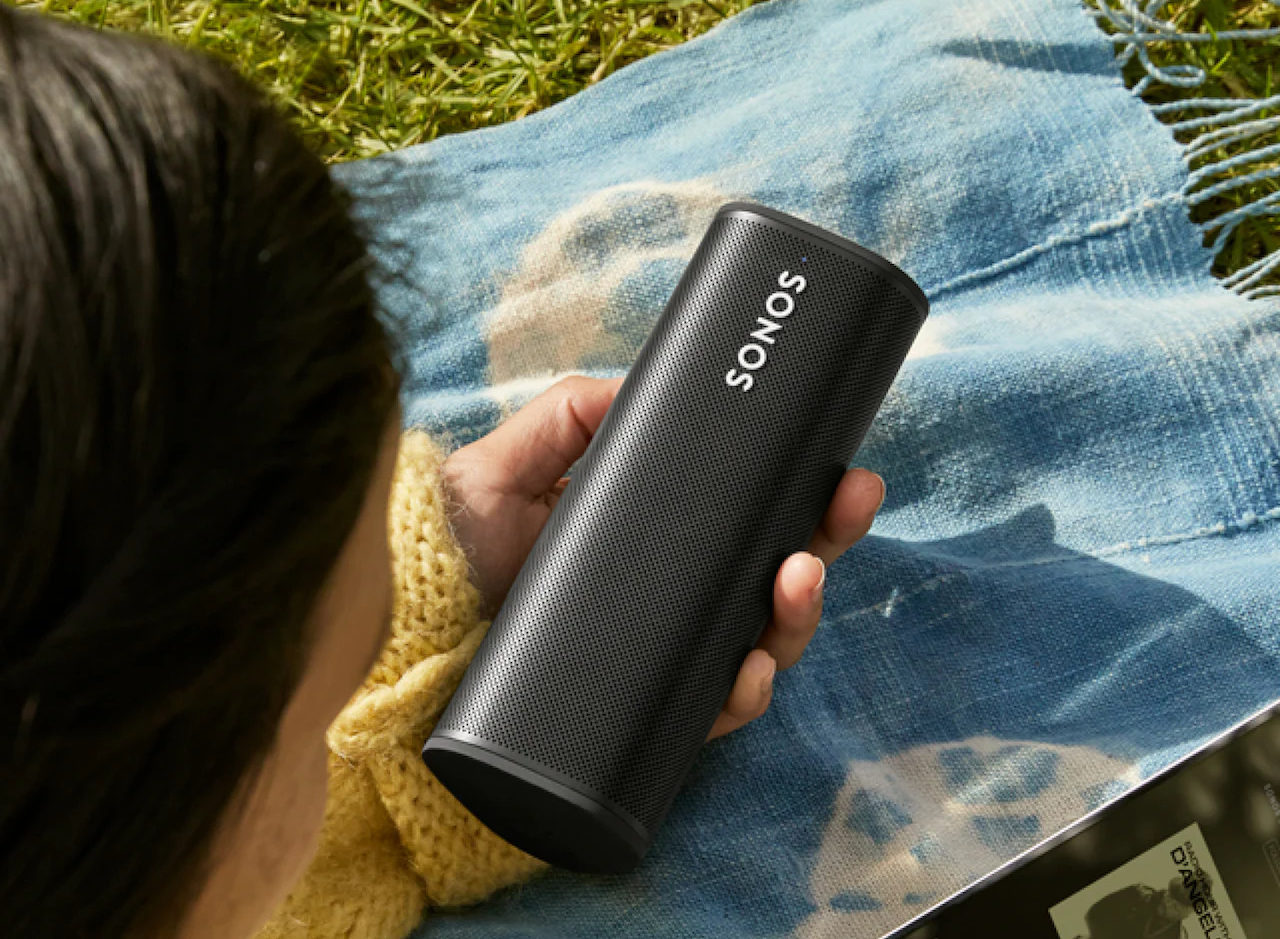Affiliate links on Android Authority may earn us a commission. Learn more.
In an age of smart speakers, sometimes Bluetooth is still king
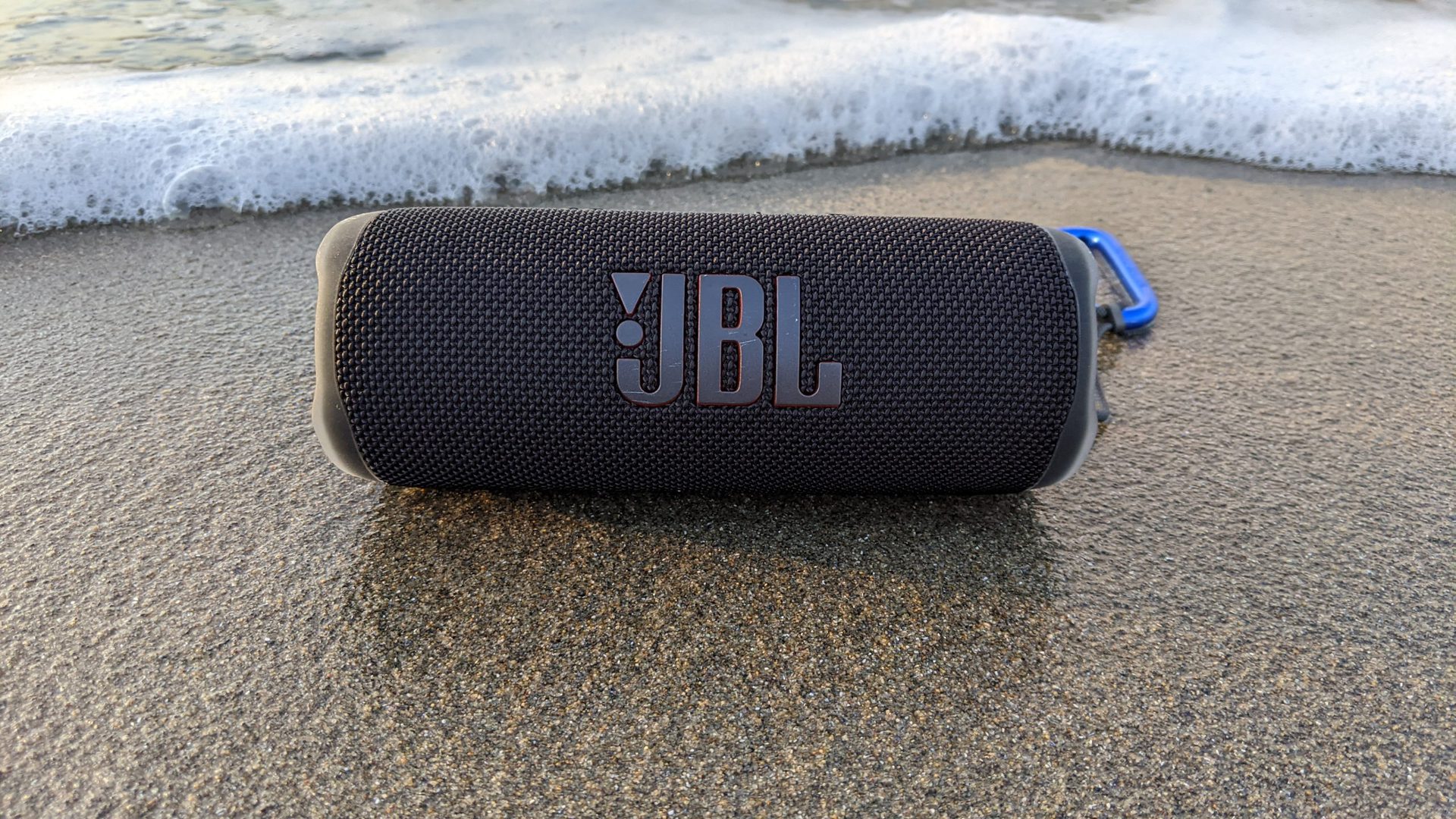
There can be a natural gravity towards smart speakers if you’re shopping for home audio in 2022. Voice and casting controls are inherently useful — even Sonos has its own voice assistant, now — and companies like Amazon and Google offer low-cost speakers that punch above their weight to get you in the door of their smart home ecosystems. Yes, plenty of audiophile speakers still omit smart functions, but even prestige labels like Bang & Olufsen are implementing tech such as AirPlay and Google Cast.
There are, however, drawbacks to smart speakers, and sometimes, a straightforward Bluetooth speaker may be the better option. Here’s why.
Sound Guys’ picks: The best Bluetooth speakers you can buy
Bluetooth simplicity
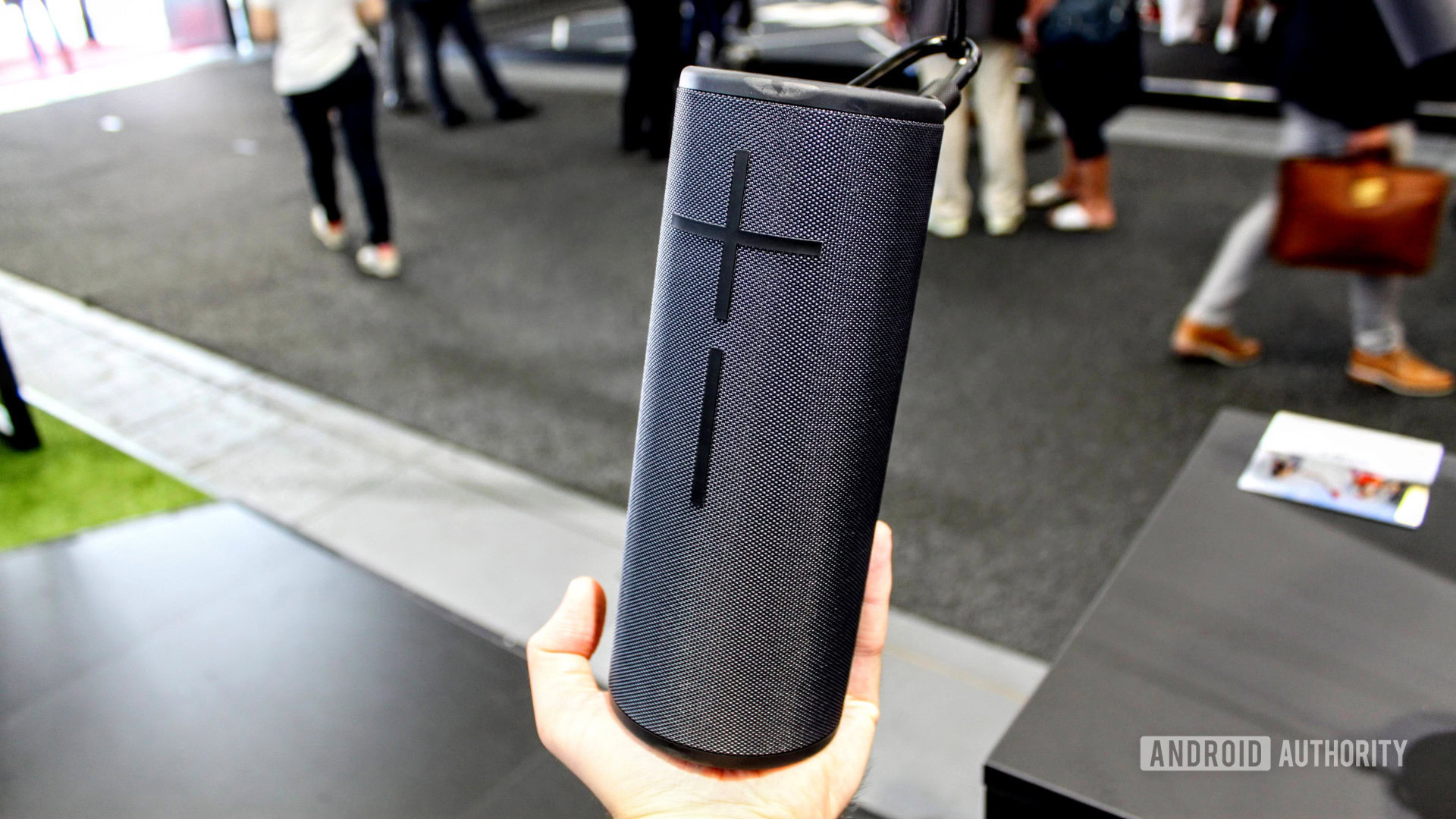
Starting playback on a smart speaker can sometimes be a minor hassle, depending on how well it cooperates. When it works it’s genius — asking for a song and hearing it immediately feels like magic, and casting via an app like Spotify can enable some unique features, like multi-room audio.
Apps can sometimes fail to detect smart speakers though, and even when you’ve got a reliable connection, it usually takes a few moments to select an output and establish a link. Voice commands meanwhile can be a hit-or-miss proposition, affected by your accent and choice of music. Scottish accents for instance are notoriously difficult for assistants to understand, and good luck asking for an artist or song with a foreign name. If I want to listen to Nachtmahr, I don’t even bother asking out loud anymore — I skip straight to the Spotify app.
Flip a speaker on, start audio in an app, and boom, you're listening.
Bluetooth speakers do have to be paired, and often can only be paired to one device at a time, but the tradeoff is simplicity. Flip a speaker on, start audio in an app, and boom, you’re listening. You’re not restricted to specific apps, and you don’t have to configure settings for a platform like Amazon Alexa or Google Assistant.
This can be especially handy if you’re buying a speaker for someone who’s less tech-savvy, like a child or an elderly parent. But even us tech journalists sometimes want to cut to the chase, say if we’re putting on music for a quick shower or a backyard cookout.
More control in social environments
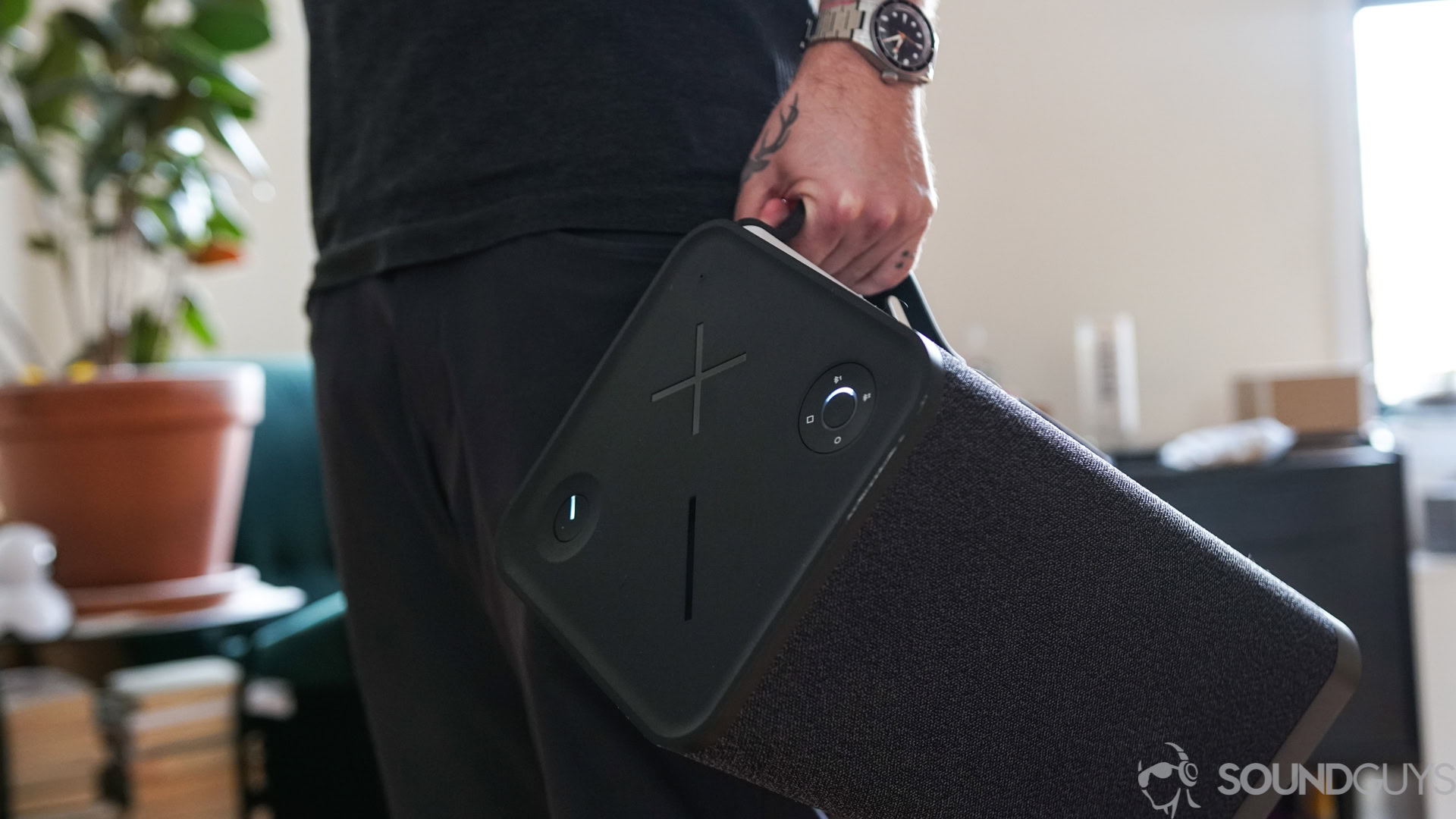
A frequently ignored truth, it seems, is that smart speakers are only great if you live solo or with people you can trust not to hijack your music. Since music services commonly limit you to streaming on one device at a time, it’s easy for a child, roommate, or anyone else in your home to interrupt your listening with a voice command — like the time my son accidentally stopped the gym soundtrack on my phone so he could hear Elmo back in bed. While you can sometimes assign separate music accounts to separate voice profiles, not everyone knows how to do that, and not everyone is willing or able to create extra accounts.
With or without voice safeguards in place, there’s the issue of someone casting to a speaker when you want to use it or keep it quiet. I’ve found casting to be less problematic — it requires deliberate intention, and a device on the same Wi-Fi network as the speaker — yet it’s still a concern.
Smart speakers are only great if you live solo or with people you can trust not to hijack your music.
All of these worries fade away with Bluetooth. There is of course the potential for abuse via re-pairing or multi-device connections (when speakers support them), but the barriers are high enough to make Bluetooth speakers better for limiting access.
Portability
While not all Bluetooth speakers are portable battery-powered models, many of them are. That tends to make them more flexible both inside and outside of the home. If you’ve got a typical smart speaker like the Amazon Echo or Sonos One, you can only use it anywhere there’s Wi-Fi and an outlet. The Bluetooth-based JBL Charge, conversely, works as well at the beach as it does in a workshop or bathroom.
Crucially, “smart” functions nearly always vanish in the absence of Wi-Fi. Assistants like Alexa, Siri, and Google Assistant won’t work well or at all without an internet connection. Sonos’ new voice tech gets around this limitation, but even then, you can only control music away from Wi-Fi if you’ve got the company’s Bluetooth-capable Move or Roam products connected to a phone or tablet. (Sonos won’t let you use Bluetooth unless you’ve previously set up a speaker via Wi-Fi, we should note.)
Even if there’s Wi-Fi where you’re going, Bluetooth speakers can be more convenient for travel. Products dependent on Wi-Fi have to be manually connected to each new router, which can be more trouble than it’s worth. You might use your phone as a hotspot at the risk of running into tethered data caps.
The pitfalls of Bluetooth
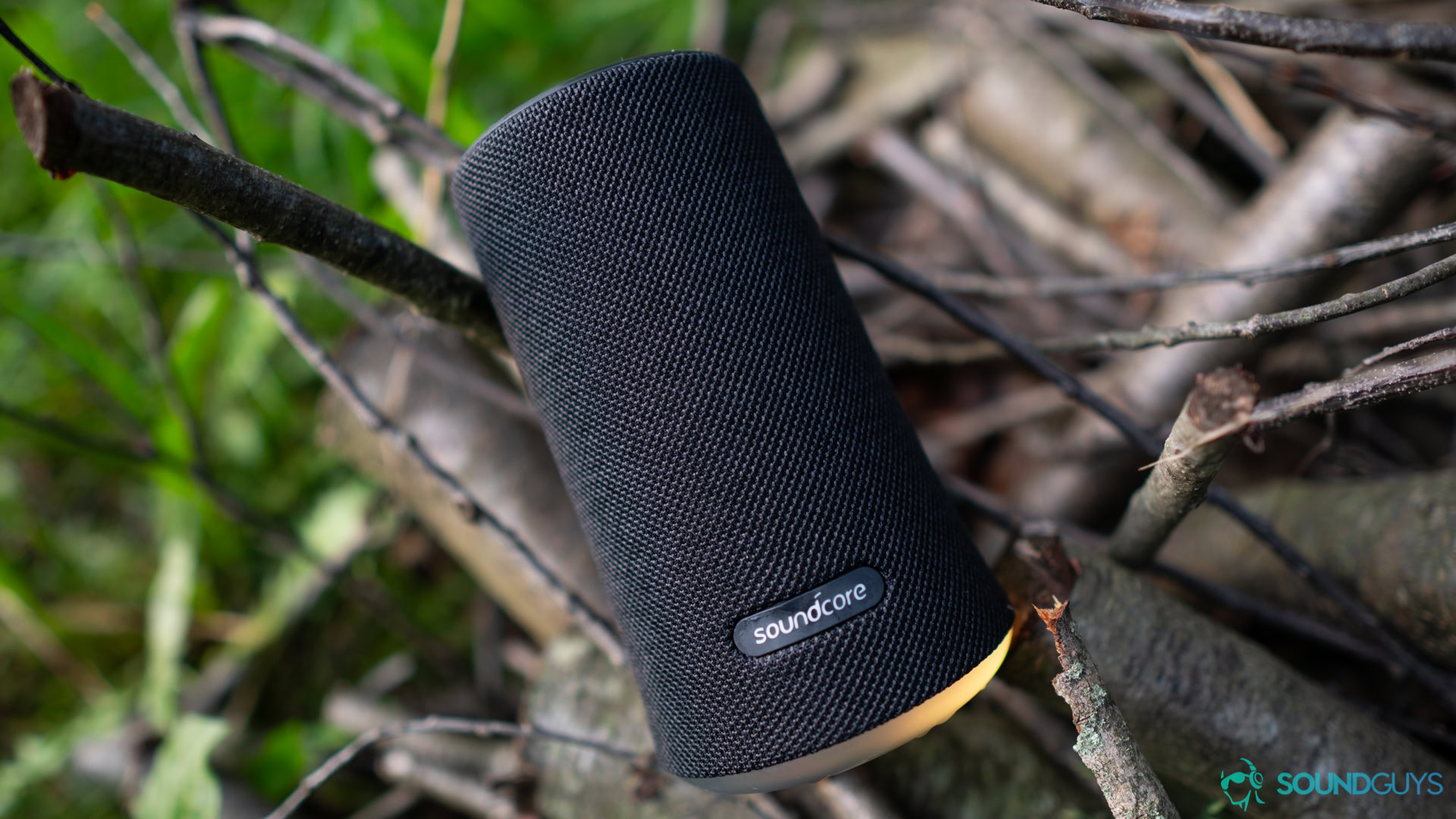
Before pulling the trigger on a Bluetooth speaker, it’s worth remembering the downsides. The biggest, obviously, is that you may miss those smart functions. Even if you don’t care about voice commands, stereo and multi-room groups are a lot easier to create and control with smart tech. Any grouping functions with Bluetooth speakers tend to be brand-exclusive, where they exist at all. And no smarts means no integration into smart home automations, and probably no way of linking to a media streamer without introducing lag.
The simple audio output of Bluetooth speakers means that you hear everything coming out of your phone or tablet. That includes interface sounds and the sounds of any app you switch to, so you can’t load things like games or YouTube without disrupting music in the background. Phone calls will halt audio entirely until you hang up or mute them.
In some cases, you can get better audio quality out of smart speakers, since Wi-Fi offers more bandwidth for formats like lossless audio and Dolby Atmos. If you’re an especially discerning audiophile, smart speakers may be the way to go for home listening. Recent Bluetooth codecs do provide surprisingly good sound, mind you, and you need to spend big to hear the nuances of lossless formats.
Dig deeper: Bluetooth codecs 101
The final issue is range. Bluetooth 5.x devices can theoretically hold a connection up to 800 feet (240 meters), but it’s usually less than that in practice due to walls and other factors. Bluetooth 4.x officially tops out at 33 feet (10 meters). That means you often need to keep a speaker and its audio source in close proximity, which can be inconvenient in situations like parties and outdoor activities.
Do you prefer smart speakers, Bluetooth speakers, or a mix of both?
What are the future prospects for Bluetooth speakers?
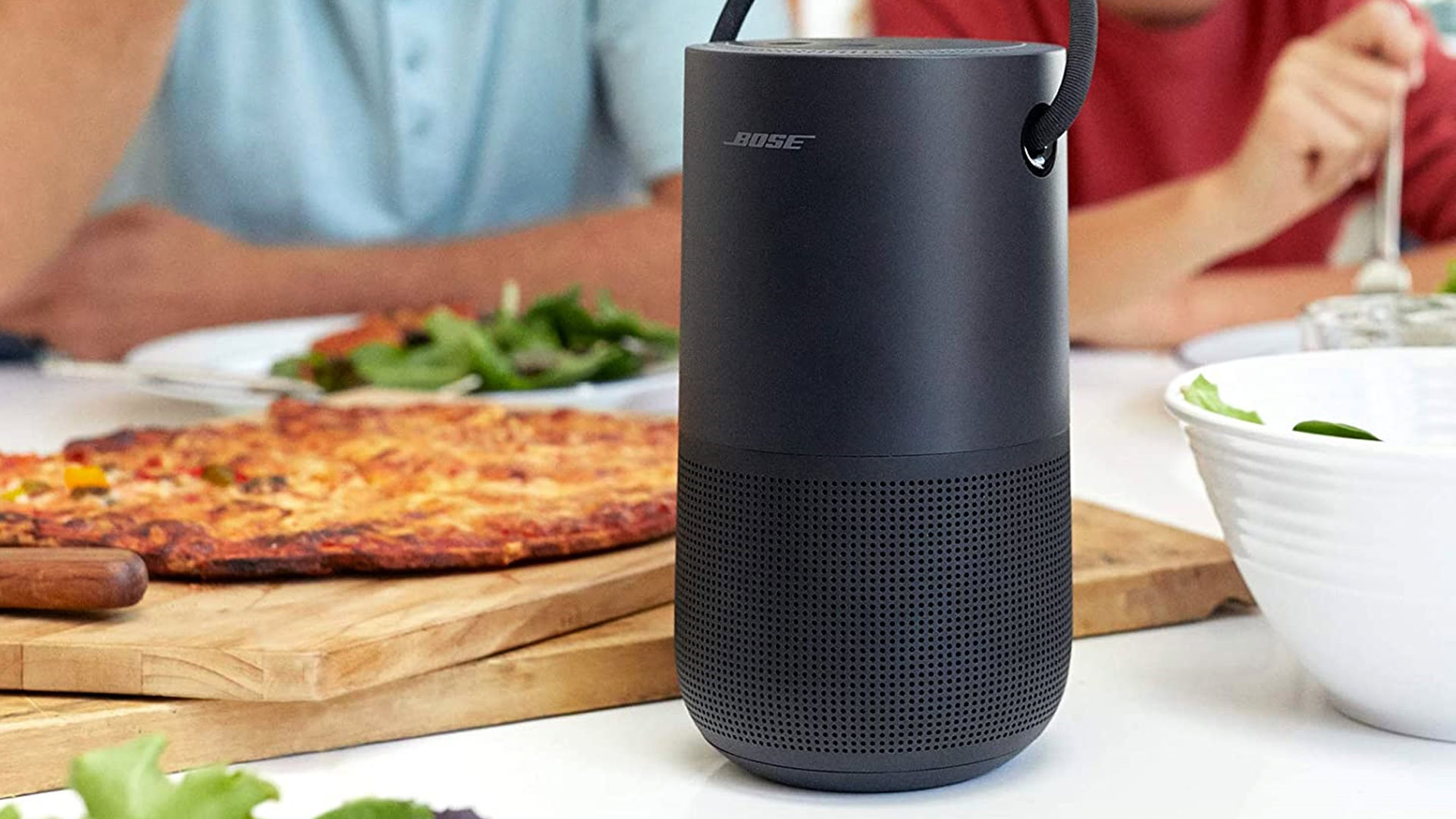
Despite the gravitational pull of smart tech, it seems like Bluetooth speakers are here to stay. They serve specific interests, primarily simplicity and portability, and upgrades to Bluetooth itself are keeping them relevant. It doesn’t hurt that Bluetooth is sometimes cheaper, although large batteries can inflate the cost of portable options.
Expect both speaker types to live side-by-side until a fundamental shift puts their features on par. It’s not hard to imagine Sonos-style offline assistants spreading to more brands, or a day when voice and casting access are more refined. For the moment, you can feel safe picking whichever format best suits your needs.
Up next: This is the first setting I change on any Google smart speaker
